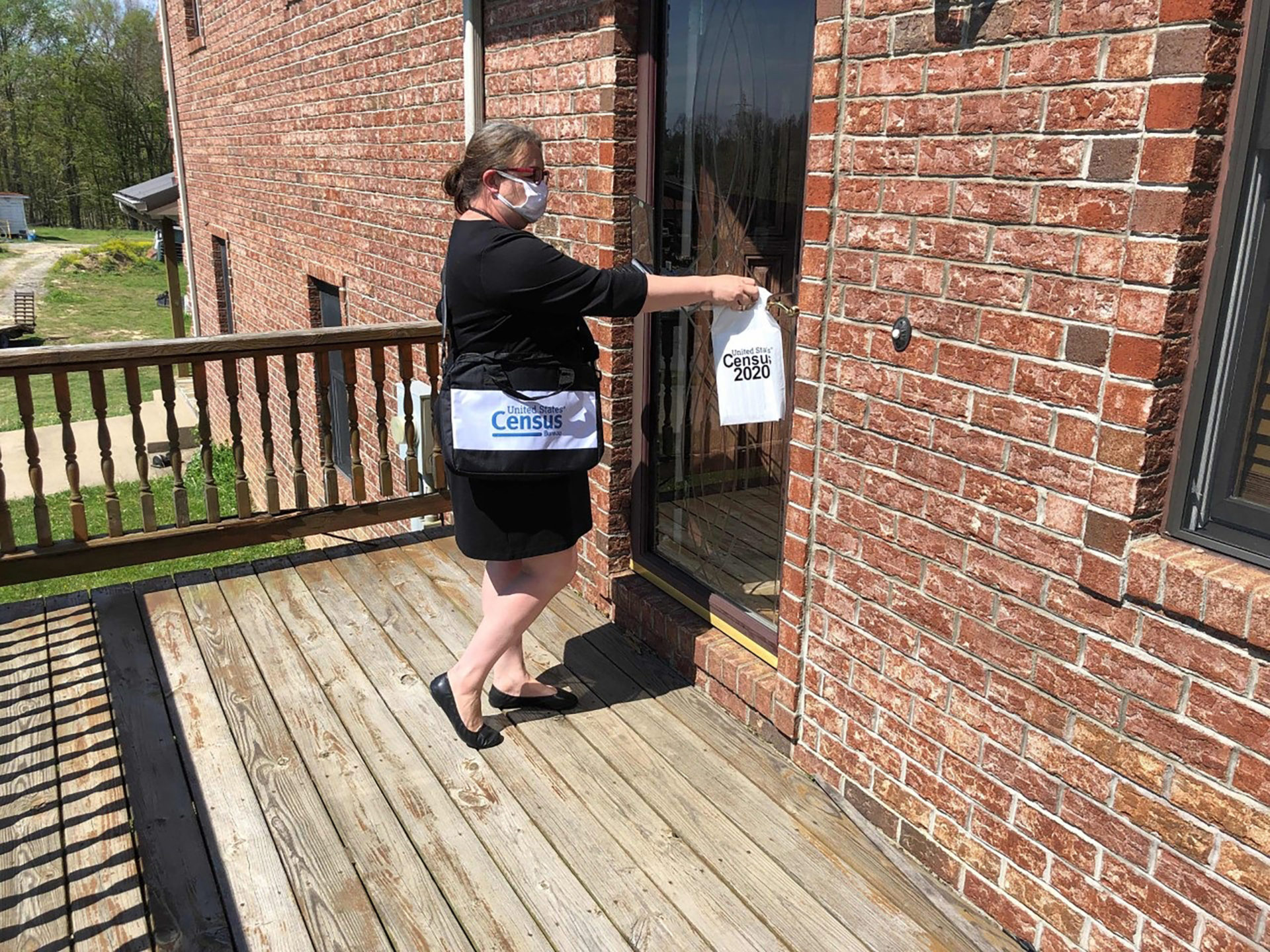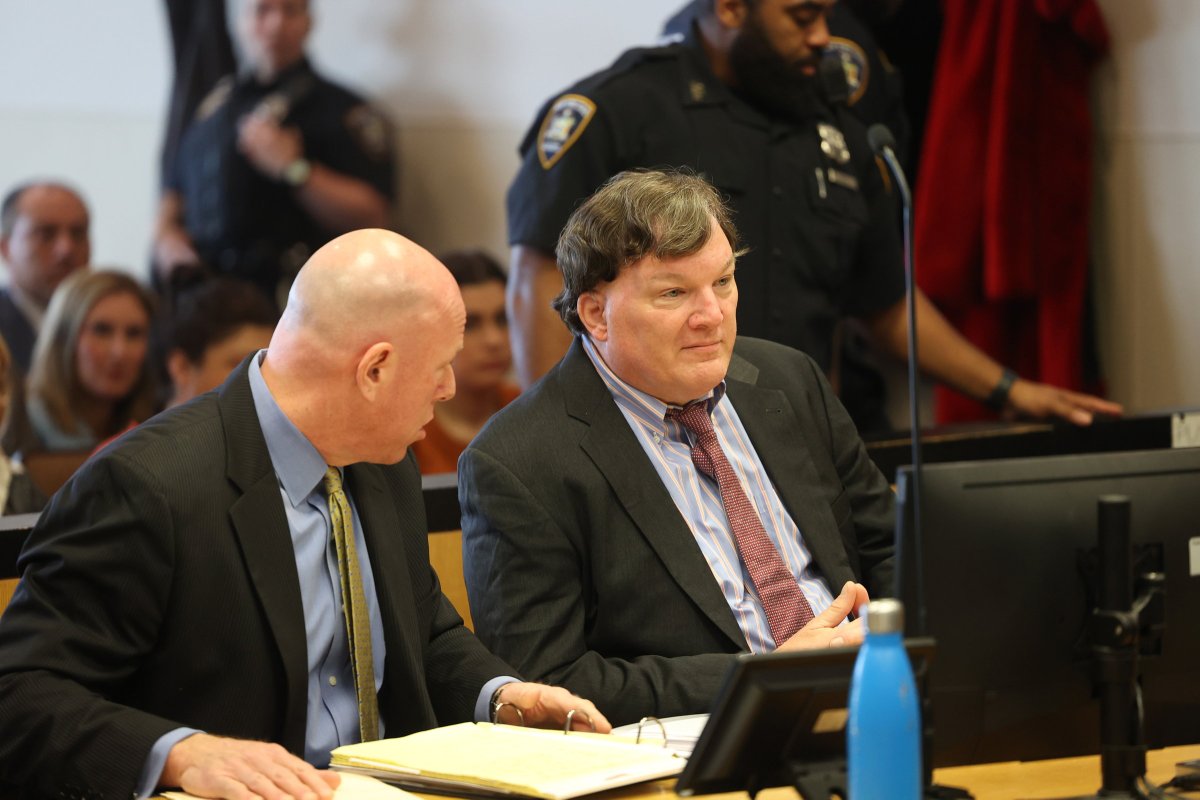President Orders Census to Exclude 'Illegal Aliens'

At the same time the U. S. Census Bureau is making a concerted push to increase response rates in areas across the country, the President of the United States has taken action to specifically reduce the number of people counted. This action, in turn, will suppress minority participation in the census, according to a lawsuit filed this week.
The Constitution of the United States requires a census of the entire nation every 10 years. The numbers decide how many representatives each state has in the House, how congressional districts are drawn at the state level, and how many Electoral College votes each state has in Presidential elections. Those numbers are also used to determine how to divvy up approximately $1.5 trillion per year.
According to the 14th Amendment, each Decennial Census must count “the whole number of persons in each state, excluding Indians not taxed.” Native Americans who do not pay federal taxes are the only people excluded from the apportionment numbers, that is, the numbers used to divvy up representatives in the House. There is no mention of the immigration status of those counted in the Constitution.
On July 21, the White House released a memorandum regarding the 2020 Census with the subject line, “Excluding Illegal Aliens From the Apportionment Base Following the 2020 Census.” In the memo, signed by the president, Secretary of Commerce Wilbur Ross is ordered, after the census is completed this fall, to remove from each state’s count the number of “illegal aliens” living there. Only then will the census numbers be presented to congress for the reapportionment of the House.
By doing this, the Trump administration will be reducing the number of congressmen the affected states have in the House of Representatives for the next 10 years.
“States adopting policies that encourage illegal aliens to enter this country and that hobble federal efforts to enforce the immigration laws passed by the Congress should not be rewarded with greater representation in the House of Representatives,” the memo reads.
One state Trump targets in his memo is California. “Current estimates suggest that one state is home to more than 2.2 million illegal aliens, constituting more than 6% of the State’s entire population. Including these illegal aliens in the population of the state for the purpose of apportionment could result in the allocation of two or three more congressional seats than would otherwise be allocated.” The president is relying on a 2016 Pew Research Center study that stated there was 2.2 million undocumented residents in California. The same study reported that there are 725,000 undocumented residents in New York State.
The reduction in the population numbers for the states, most of which are considered Democratic Blue states, would be achieved by resorting to the use of administrative records. The groundwork for this administrative manipulation of the census count was laid out by Trump in July of 2019.
That was when the administration gave up on its effort to insert a question onto the census form that would have required each person responding to say whether or not they and those they live with were citizens of the United States.
Critics charged that such a question on the form would suppress the response rate of immigrants, thereby decreasing their representation at both the state and federal level. A slew of lawsuits followed, including one launched by New York State, challenging the placement of the question on the form. The Supreme Court ultimately decided, in a very narrow 5 to 4 decision, that the question should be excluded.
On July 11, 2019, while conceding that the Supreme Court had effectively blocked his administration from inserting the citizenship question, Trump issued an executive order requiring all federal agencies to share information with the Census Bureau that could be used to measure how many “illegal aliens are living in the United States.” The 2019 executive order did not make clear the ultimate purpose and use of the administrative records on the legal status of immigrants being gathered by the Wilbur Ross and the Commerce Department.
Reaction to this week’s Trump memo was immediate. New York State’s Attorney General Letitia James announced that same day that New York would challenge Trump’s plan to eliminate undocumented immigrants from the census count in federal court. “No one ceases to be a person because they lack documentation. Under the law, every person residing in the U.S. during the census, regardless of status, must be counted,” James said that day. “We beat the president before in court, and we’ll challenge him once again on the census.”
The lineup of lawsuits against Trump’s plan has already begun. On July 23, Common Cause, which calls itself “a nonpartisan democracy organization with over 1.2 million members,” along with the city of Atlanta, the city of Paterson, New Jersey, the Partnership for the Advancement of Americans, and several individuals, filed suit in Federal Court in Washington, DC, naming Trump, Ross, the Commerce Department, and Cheryl Johnson, the clerk of the United States House of Representatives as defendants.
The suit charges that Trump’s memo violates the language of the Constitution. It points out that the question of excluding undocumented immigrants has been raised in the past, debated, and rejected by all three branches of government. “The Census Bureau’s rules state that its enumeration procedures ‘are guided by the constitutional and statutory mandates to count all residents of the several states,’ including ‘citizens of foreign countries living in the United States.’”
The suit paints a portrait of an administration obsessed with taking away the right to representation in state and federal government for non-voting immigrants and minorities. “All of these actions are part of an unconstitutional concerted effort to shift political power away from racial and ethnic minorities, chiefly Latinos, to ‘Republicans and non-Hispanic whites.’ ”
Meanwhile, on the East End of Long Island, and in New York City, and across the country, the Census Bureau is mounting one last push to raise response rates before census takers are sent out into the field to knock on doors the second week of August.
A Decennial Census is done in two-stages. First, the year before the official headcount, the Census Bureau creates a record of every single residential space in the country. Then, the following year, beginning in early spring, the bureau contacts those residences to find out how many people were living there as of April 1.
For 95% of all residences in America, the initial contact from the Census Bureau is done via mail. For much of the East End, however, that is not doable, because so many residents get their mail at the post office, and it is not possible to match post office boxes to actual addresses. Instead, in a program called Update-Leave, census takers are sent to the residences. That was supposed to happen mid-March. The Covid-19 pandemic effectively ended that operation before it began.
The Census Bureau recently did a mailing to post office boxes in areas like the East End, encouraging people to reach out to the Census Bureau either online or by phone to complete a census form, to little effect.
The national response rate to the census as of July 23 stood at 62.5%. It is quite a different picture, though, in areas hard hit by Covid-19 this past spring.
Currently, Shelter Island and East Hampton are the two towns on Long Island with the lowest response rates, at 25.3 and 29.4, respectively. Southampton is third worst at 36.2, with Southold just slightly better at 36.8%. There is not another town on Long Island below 55%. Smithtown has a response rate of 76.5% Brookhaven, 67%, Huntington, 71.5%.
As disruptive as the pandemic has been for the census in the Hamptons, it has been equally impactful in the wealthier sections of New York City, particularly in Manhattan. The 12th Congressional District, for example, runs east of 5th Avenue from the southern half of Central Park all the way to the East River, and across the river into Queens.
Congressional Districts are broken down into Census tracts. Some of the tracts in the 12th Congressional District have a response rate below 20%.
Many of those residents fled to the Hamptons at the outbreak of the pandemic. As Census workers, wearing masks, and maintaining social distancing, begin knocking on doors on August 11, they will have to determine where those they interview should have been living on April 1.
With an administration actively seeking to reduce the count, and a pandemic raging, it will not be an easy question to answer.



